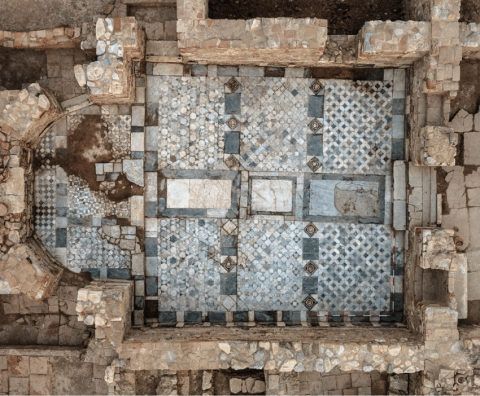31 III: Luke Lavan (University of Kent), Ephesus in Late Antiquity: Urban landscapes from architectural reuse

Abstract
Ephesus is often presented as a dynamic late antique urban city, brutally replaced by a Byzantine town, with a much smaller fortification. This transition is usually thought to have taken place in the dark days of Heraclius and his struggle with Persia. My paper will present a new model of the late chronology of the city, using spolia as a basis for re-evaluating its phases, tied to recent excavation results. In place of one rather ugly town, several very different late antique cities emerge: a tidy Greek city of the 4th c., a monumental metropolis renewed by Theodosius II, an architecturally-adventurous centre under Justinian, and a desperately classical mess of the time of Maurice. The epigraphic assemblage can only be correctly interpreted when this is understood. The paper concludes by noting that the chronology of major sities in Greece and Turkey (Philippi, Aphrodisias, Ephesus, Sagalassos) is oversimplified and wrong, and that the urban history of the 6th c. needs to be rewritten.
